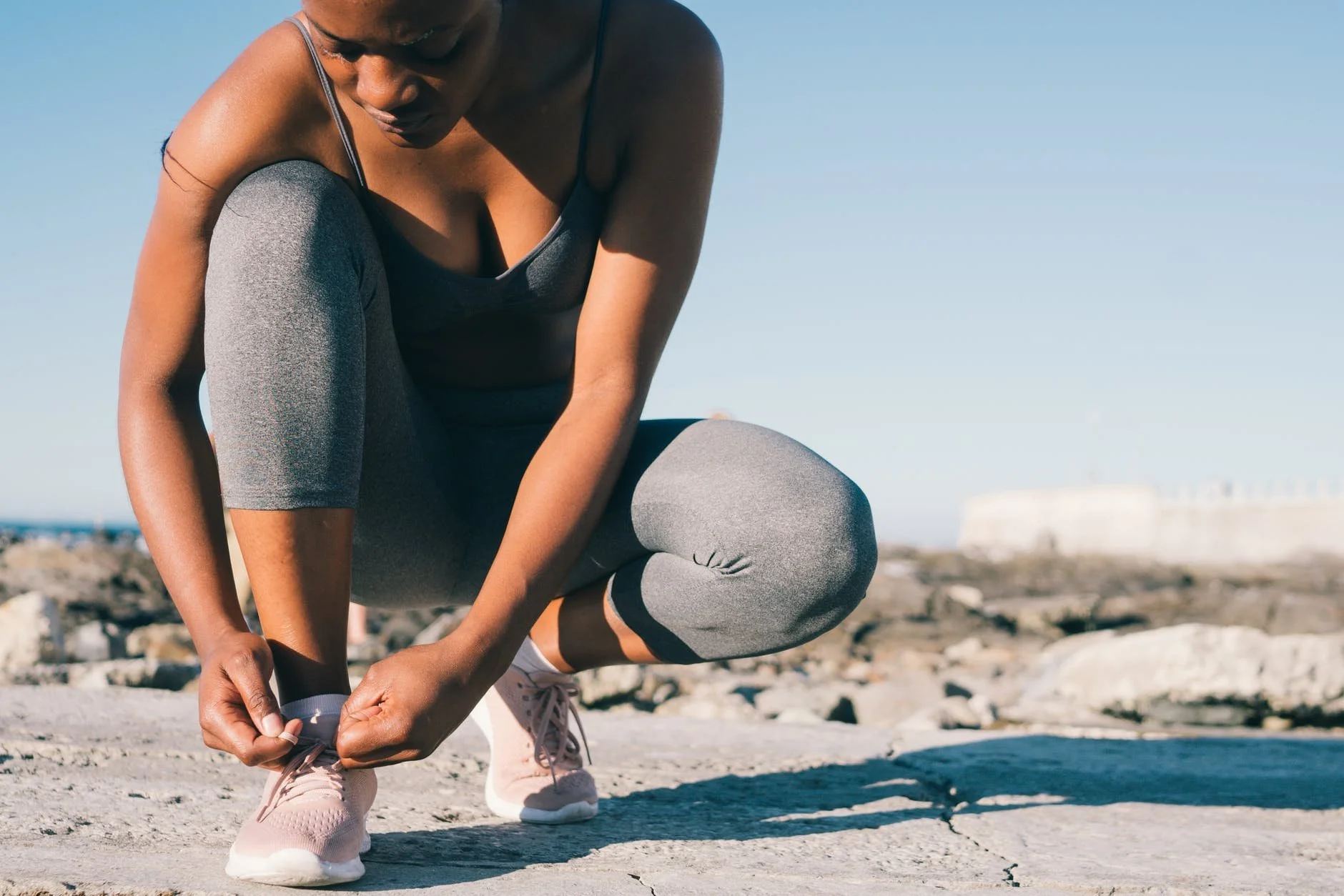What It Really Means to Feel at Home in Your Body
What does it mean to truly respect your body? Not in the surface-level, social media kind of way — but in a way that makes you feel connected, grounded, and strong from the inside out?
Positive body image isn’t just about liking how you look. It’s a holistic sense of appreciation and care for your body — one that goes beyond social norms, ideals, or numbers on a scale. It’s about valuing what your body does over how it looks.
Strength Training as a Path to Body Appreciation
Recent research by Wallers and Heffernan (2020) found that women who participated in resistance training reported deeper body appreciation, less fixation on weight or size, and a growing focus on physical strength and power. In other words: lifting weights gave them access to something much more meaningful than aesthetics — a sense of agency and respect for their bodies’ abilities.
Maximal strength training, in particular, is a powerful way to develop this embodied connection. It requires full presence. Each lift demands attention to form, breath, internal feedback — a collaboration between mind and muscle. Over time, this attention helps shift focus inward, away from objectifying self-judgment and toward a felt sense of power, capability, and presence.
What Is Body Functionality?
The concept of body functionality invites us to notice and appreciate all the things our bodies do for us — not just how they appear. This could mean recognizing the way your arms carry groceries, the stability in your legs when you squat, or the pleasure of dancing around your kitchen.
Interventions that help strengthen body functionality include:
Writing-based reflections on what the body enables us to do
Physical activity, particularly joyful movement like dance, yoga, or strength training
Cognitive-behavioral strategies like self-compassion and reframing negative body talk
These practices validate and reinforce positive ways of inhabiting the body — turning movement into a tool for emotional grounding and deeper connection.
Embodiment: A Protective Framework
According to the Developmental Theory of Embodiment, there are three core domains that support positive body image and protect against body-based harm:
1. Physical Freedom
We need access to movement that feels good. Activities like yoga, strength training, or freestyle dance can enhance our connection to the body — especially when paired with reflective practices like journaling. These aren't just workouts; they're opportunities for self-connection.
2. Mental Freedom
To experience embodiment, we must also confront the social ideals we’ve internalized. Prevention programs rooted in embodiment ask people to challenge thinness as an ideal and to critically examine how media, culture, and even health messaging shape their beliefs. This self-awareness opens the door to mental freedom — and self-compassion.
3. Social Power
Positive body image is not just personal — it’s political. Social pressures around thinness and fitness often reflect both gender and class-based systems. By calling these out, we create room for more inclusive, liberatory definitions of health and beauty.
A Note on Motivation: The “Why” Matters
It’s worth noting that while higher exercise frequency is linked to more positive body image, research shows that controlling or appearance-based exercise goals can actually weaken that relationship. In other words: it’s not just about how often you move — it’s about why you move.
Choosing movement that centers functionality, pleasure, or presence is more likely to foster long-term benefits, both physically and mentally.
In Practice: What We Do at Functional Self-Care
At Functional Self-Care, we combine strength-based movement with reflection and behavior change tools to help participants:
Build a positive, embodied relationship with movement
Tune into internal signals like hunger, fatigue, joy, or discomfort
Practice self-compassion and body appreciation in real-time
We aren’t here to shrink bodies — we’re here to help people feel at home in them.
